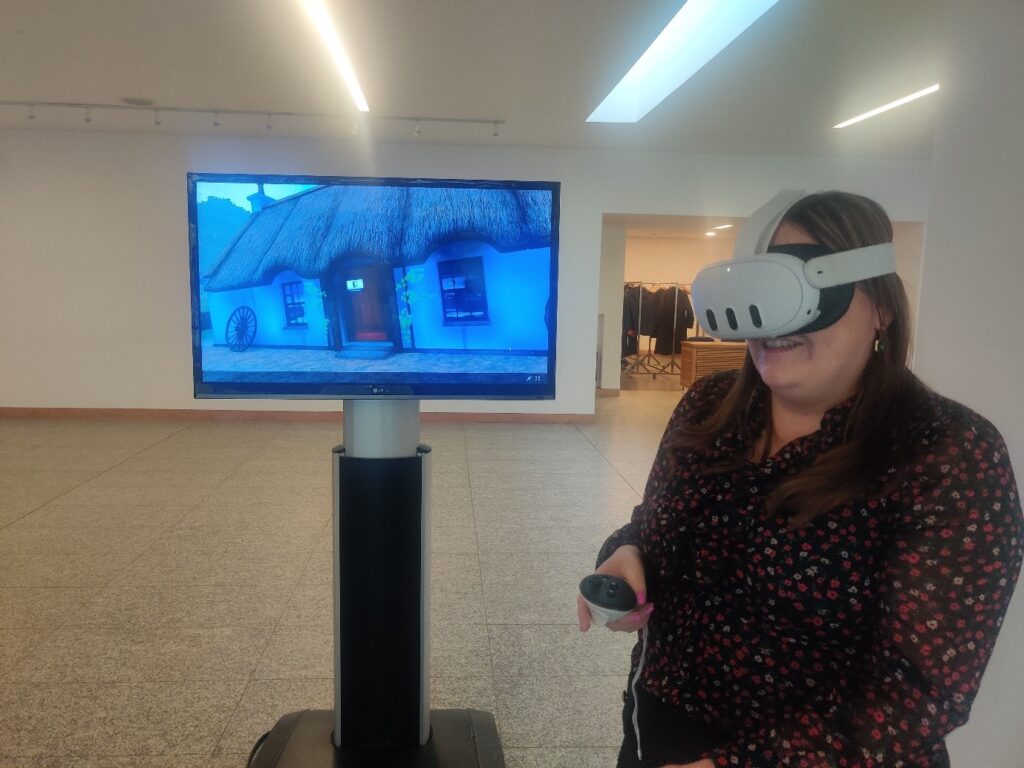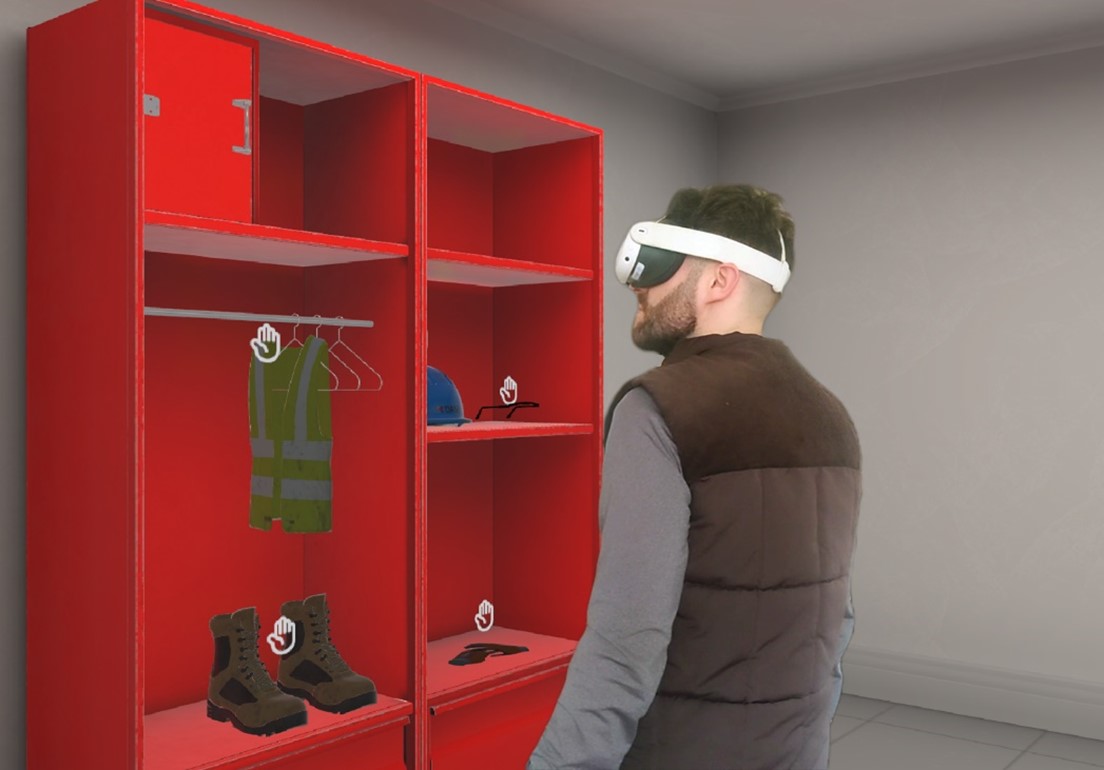Virtual Reality in the Construction Sector
Virtual reality (VR) and augmented reality (AR) are emerging as transformative tools in the construction sector, enhancing such areas as efficiency, health & safety, and upskilling. In Ireland, the adoption of these technologies is gaining traction, particularly through projects like the Digital Academy for the Sustainable Built Environment (DASBE), which is pioneering VR and AR solutions tailored for the construction sector. At the Technological University of the Shannon, VR Developer Stephen Bolger and DASBE Manager Lis O’Brien, explain how students and construction professionals have been piloting these newly developed virtual reality tools to enhance their learning experience.
What are VR and AR?
Virtual Reality (VR) creates immersive, computer-generated environments where users feel as though they are inside a simulated world. This experience is accessed through VR headsets, allowing users to engage with digital surroundings in a fully interactive manner.
Augmented Reality (AR) overlays digital images or animations onto the real world, viewed through devices like smartphones or tablets. For instance, AR can project a 3D model of a building component into a real-world construction site, offering a dynamic and informative experience.
DASBE has developed a suite of VR and AR tools designed specifically for the Irish construction industry, providing cutting-edge educational and training resources.
DASBE Defect Detection Tool

VR technology is proving invaluable for training and health and safety purposes by simulating real-world scenarios that may be too dangerous or impractical to recreate physically. In 2022, DASBE launched a defects detection VR prototype, allowing learners to detect and analyse building defects in pre-1940s structures.
Lis O’ Brien, DASBE Manager, TUS, explains “Gaining access to real-life construction sites or historic buildings for educational purposes can be challenging due to health and safety restrictions. Virtual reality (VR) offers an innovative and safe alternative, allowing students to explore and analyse building structures without physical risk. As part of the TUS Certificate in Energy Renovation of Traditional Buildings, students have been piloting DASBE’s VR defects prototype. This technology enables them to experience and assess structural issues in historic buildings without exposure to potential hazards, transforming the learning process in a meaningful and risk-free way.”
Heat Pumps/PV tool
Building on this success, DASBE introduced the Heat Pumps & Photovoltaic Tool in 2023. This interactive resource enables trainees to visualise the installation and maintenance of photovoltaic (PV) panels and heat pumps, equipping them with practical knowledge essential for sustainable construction practices. Set within the TUS campus in Thurles, users can interact with a virtual heat pump and PV panel, exploring components, functionality, as well as installation requirements and standards.
The Building Fabric Design Tool
The latest advancement in DASBE’s VR innovation is the Building Fabric Design Tool, which empowers users to use mixed reality to overlay 3D wall models in real-world settings and optimize thermal performance for different wall types. Users can also real-time material adjustments with instant U-value calculations to enhance energy efficiency.
DASBE has piloted these solutions at industry workshops and partner universities, offering valuable opportunities to gather feedback and insights that have been incorporated into the design process. DASBE VR Developer Stephen Bolger showcased the Building Fabric tool at the recent Energy Renovation of Historic Buildings event at Dublin Castle recently. Stephen Bolger said, “Demoing the DASBE XR applications was a fantastic opportunity to showcase how immersive technology can transform sustainable construction and safety training. From exploring defects in traditional buildings to hands-on interaction with a Heat Pump/PV to constructing a wall in mixed reality with our U-value calculator, it was great to see people engage with these innovations and provide valuable feedback to be used in future iterations.”
In this video, Stephen gives an overview of the first 2 tools.
More information on the DASBE VR tools here .

